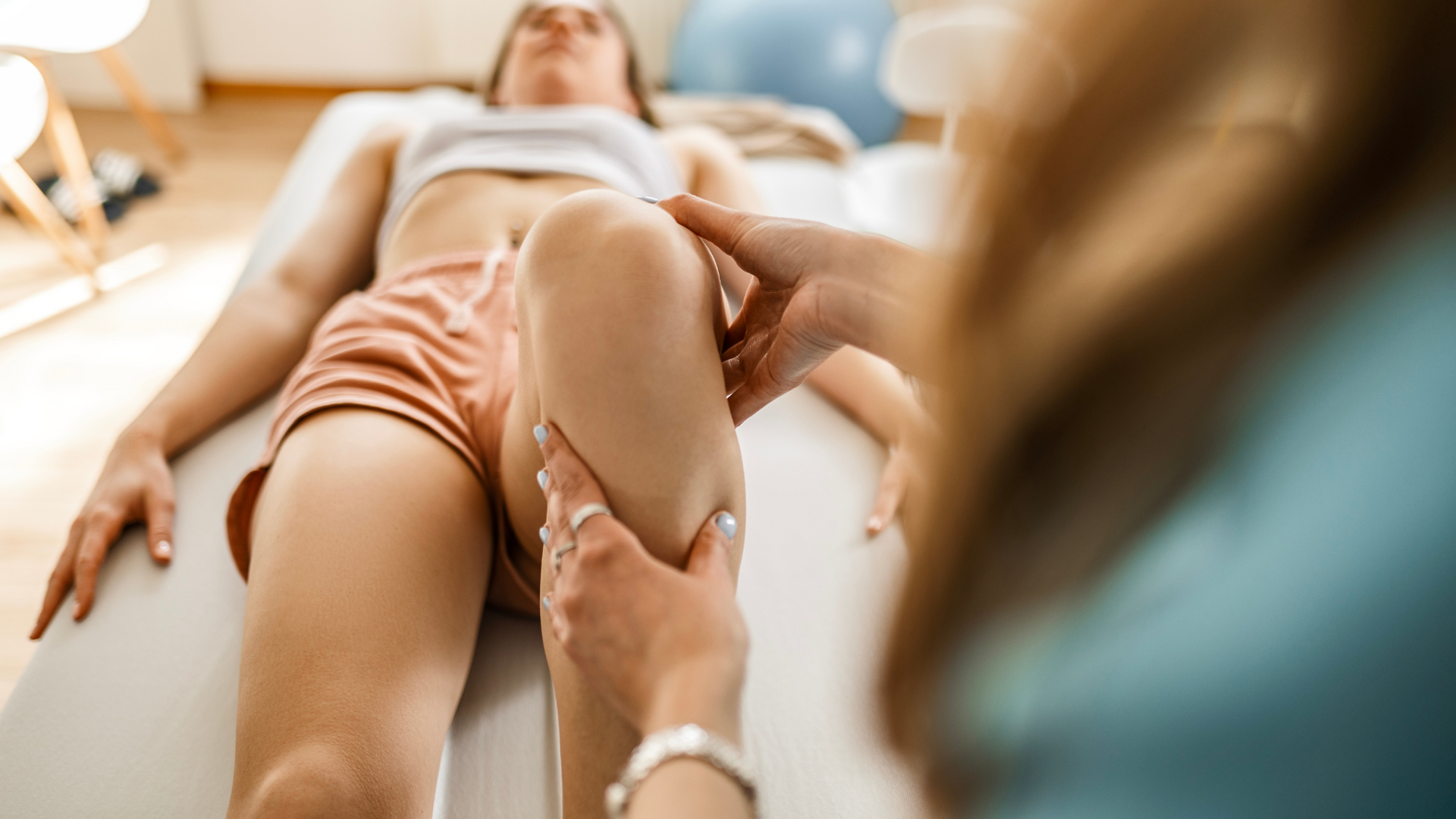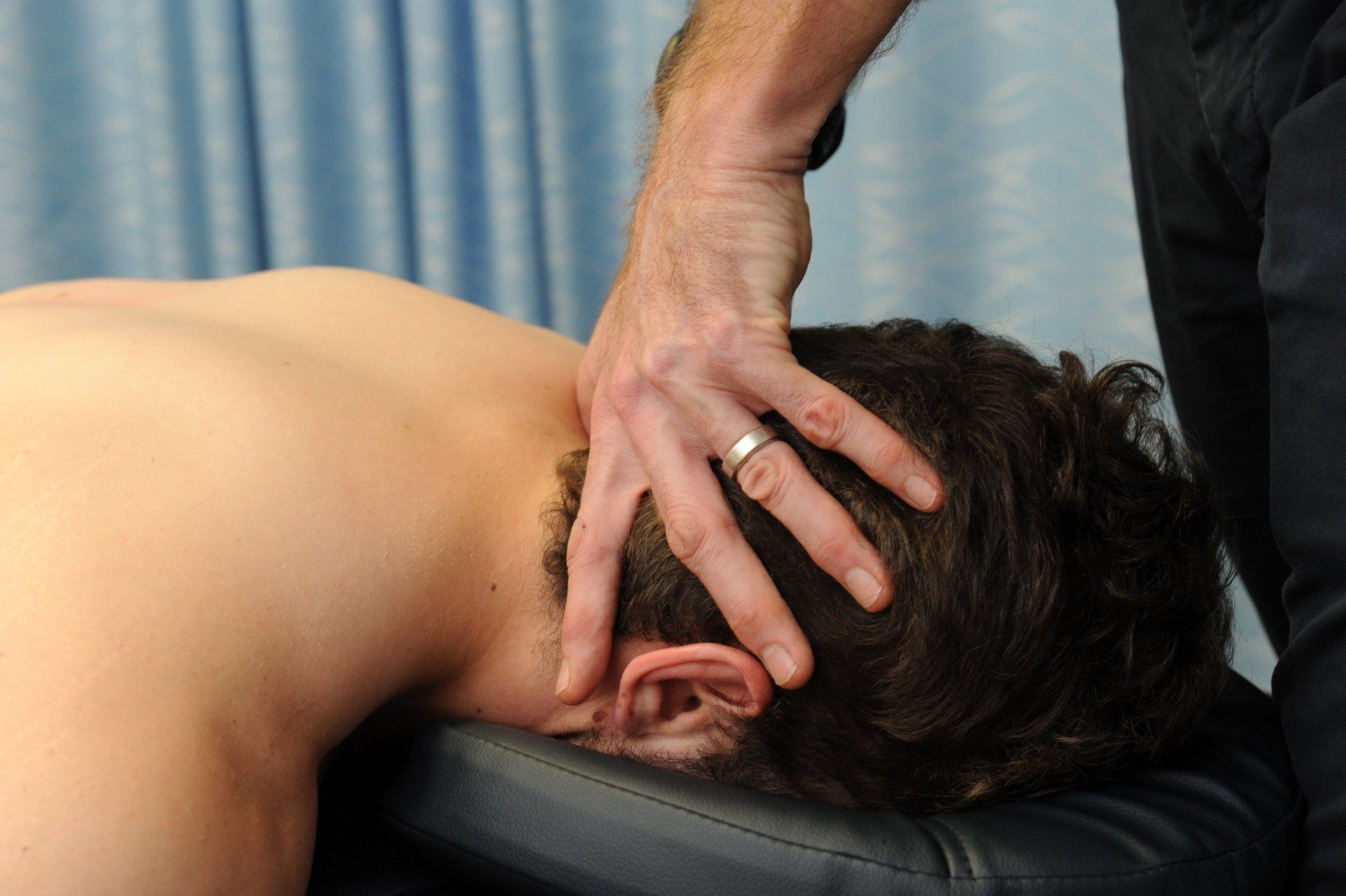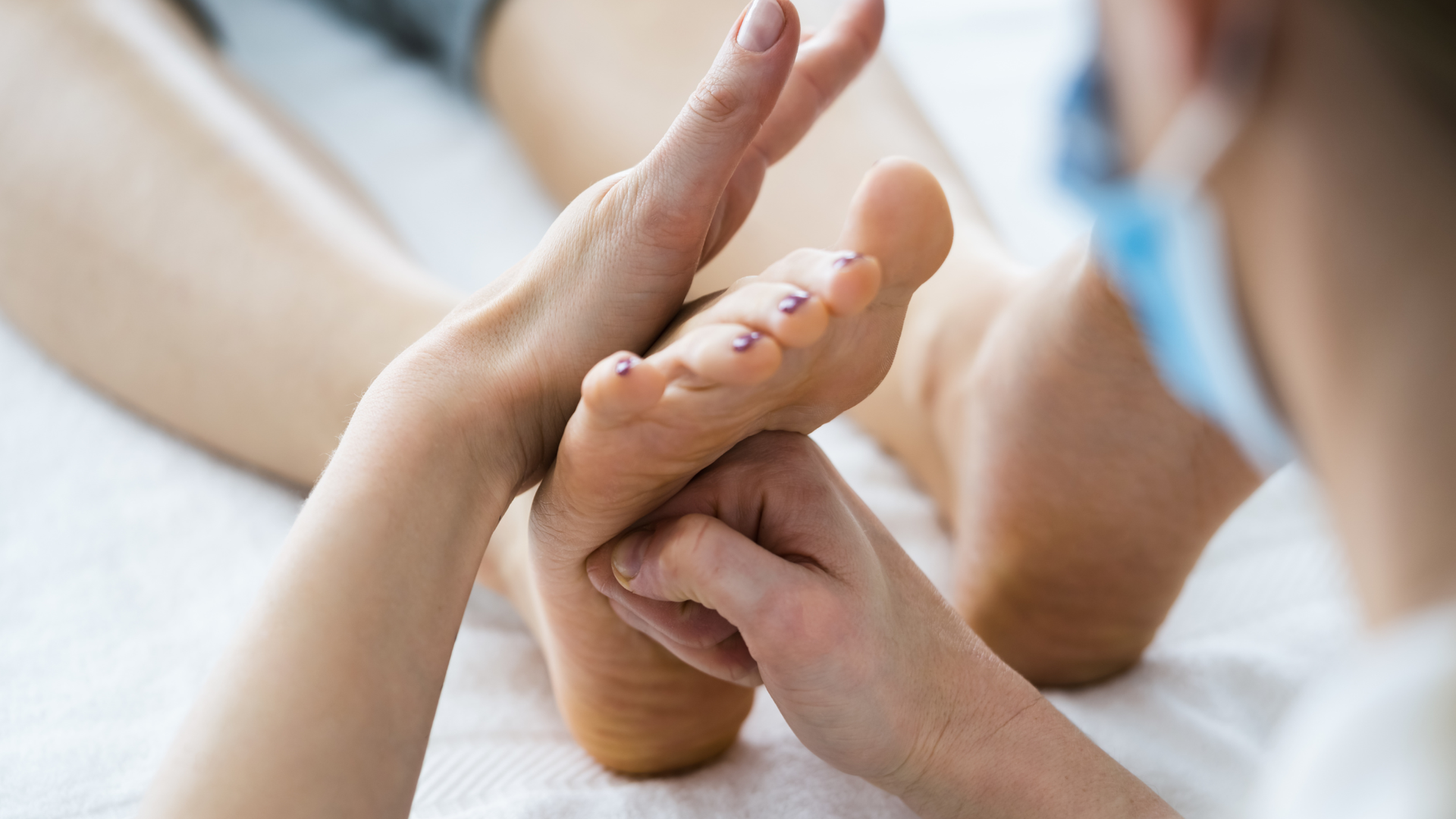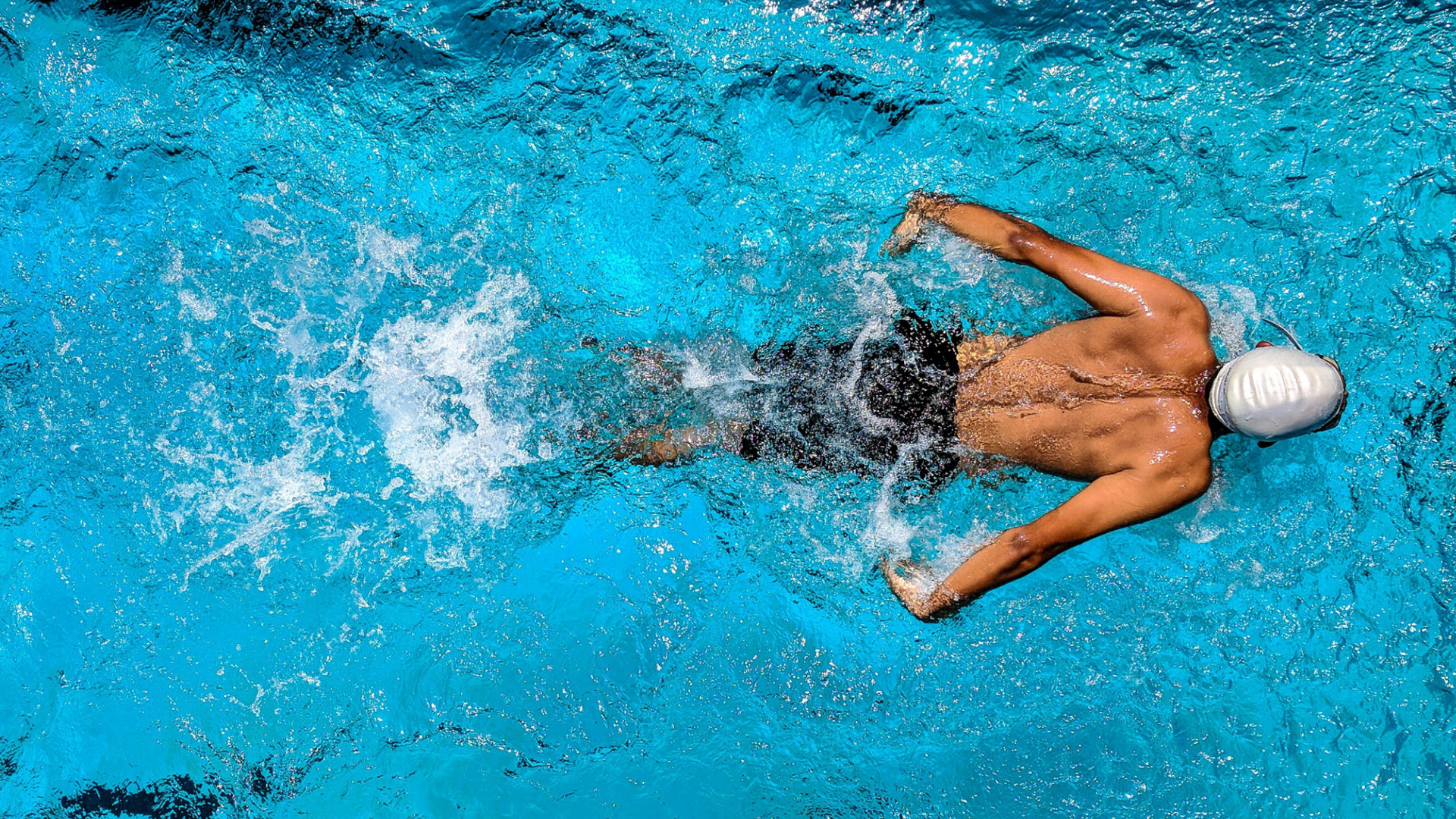COVID19 - Returning to Physical Activity & Sport after COVID19 infection
After infection with COVID19, how soon can you return to physical activity and sport?
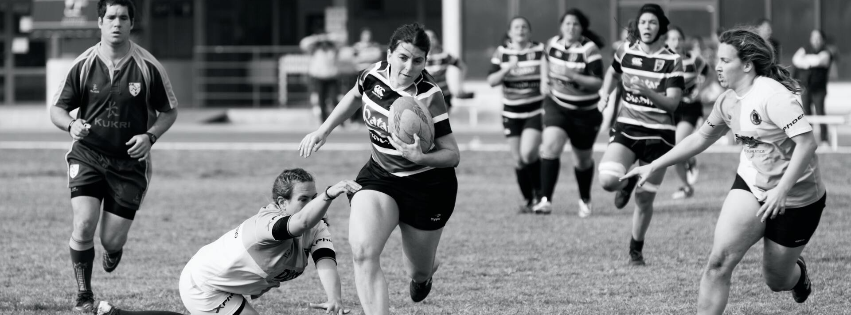
How you effectively and safely re-engage and integrate with community sport and physical activity post COVID19 infection could be harder than you think.
As the Omicron variant of COVID19 spreads across the Top End community, the chance of every one of us coming directly into contact with COVID19 and testing positive to infection increases. The Top End has an active, vibrant, multi-cultural population. We love the outdoors and sport plays a big part in the lives of many locals. From fishing, to hiking, footy to hockey, golf to basketball.
So how will you know you are right to return to physical activity and sport after COVID19 infection?
Assessing return to Physical Activity
Assessing your physical health and functional capacity is the key to ensuring a safe return to sport. The relative risk of the person returning to physical activity needs to be determined, particularly with respect to cardiovascular, respiratory, and chronic fatigue complications. And then there are any underlying pre-existing medical conditions, the type and level of sport (recreational versus elite) and the training environment to consider. With this information, clinicians can stratify patients into three categories:
- Low risk
- Intermediate risk
- High risk
Generally speaking, low risk patients tend to be younger and have had either no symptoms or very mild respiratory symptoms only. Those patients who have had symptoms for longer periods and accompanying shortness of breath or chest pain, but not hospitalisation, are considered intermediate risk. Elite and endurance athletes are in this group, simply because the demand on their cardiovascular systems is greater1,2,3. Patients who have required hospitalisation, have had prolonged shortness of breath or chest pain, and multi-organ involvement are considered high risk.
While your physiotherapist can assist with assessing this, including getting a detailed history of your experience with COVID19 and collecting relevant physical data, for those people who have had more serious symptoms or required hospitalisation, a multi-disciplinary team approach is indicated, including a GP, Sports Physician, Pulmonary Specialist and/or a Cardiologist.
Graduated Return to Play (GRTP) Protocol
Graded Return to Play (GRTP) protocols are progressive programmes designed to reintroduce patients to physical activity and/or sport in a stepwise fashion. Physiotherapists excel in this area. Various authors (2,3,4,5) have produced excellent infographics and pathways to describe GRTP protocols post COVID-19, which can be adapted to reflect the changing severity of disease with different COVID19 variants (Delta, Omicron). We've linked to one below, but the following key points come across from the research:
- Don’t go it alone. Get expert advice from a health professional and be guided by their knowledge of GRTP protocols and the variable impacts of COVID19, both physically and mentally. GRTP should be made on a case-by-case basis, with due consideration given to the individual experience of COVID19 infection, pre-existing conditions, type and level of sport, and training/play environment.
- Rest Up. If you have had a positive diagnosis of COVID19, you should have a MINIMUM of 10 days rest from the onset of symptoms, be symptom free for 7 days BEFORE commencing a GRTP protocol, and no longer be taking any medications such as paracetamol.
- If it aint right, STOP. If, while undertaking the GRTP protocol you experience shortness of breath or chest pain, stop what you are doing and seek medical advice immediately.
- Be Patient. Timeframes will vary depending on your pre-COVID fitness levels. Ensure each stage of the GRTP protocol is completed comfortably before progressing to the next stage.
- Watch out for the Blues. Don’t forget your mental health. Take some time out to relax and recover, talk through the challenges, and make sure your goals are simple and achievable.
IMPORTANT NOTE: Graded Return to Play protocols are complex, and should be interpreted and implemented by a qualified health professional. The following link serves as an example of what you should be following if you have had COVID19, but please, leave it to the experts to implement a plan for you. Check out a GRTP protocol here.
The Take Home
The implications of COVID19 from a physical activity and sports participation perspective are significant and complex. The simple fact that the pandemic has restricted access and exposure to organised community sport has resulted in large scale community-wide physical deconditioning (1,4,5,6). The additional impacts of COVID19 infection can have serious health implications, impacting the individual’s future sports participation, physical and mental health . Physical assessment and a graded return to play are important considerations post COVID19 to ensure a safe, successful, and sustainable return to physical activity (1,3,5,6).
With extensive industry and sports experience in Graded Return to Play protocols, Movement for Life Physiotherapy are here to help you recover post COVID19 and get back to doing what you love. Give us a call today on 08 8945 3799 or book an appointment online.
References.
- Halle et al (2021). Exercise and sports after COVID-19—Guidance from a clinical perspective. Translational Sports Medicine, 4:310–318
- Elliott et al (2020). Infographic. Graduated return to play guidance following COVID-19 infection. British Journal of Sports Medicine, 54(19), 1174-1175.
- Löllgen et al (2021). Infographic. Clinical recommendations for return to play during the COVID-19 pandemic. British Journal of Sports Medicine, 55(6), 344-345.
- Salman et al (2021). Returning to physical activity after covid-19. British Medical Journal, 372:m4721
- Jewson et al (2020). Life after COVID-19 - The importance of a safe return to physical activity. Australian Journal of General Practice, 49(Suppl40).
- Elliott et al (2021). Understanding the impact of COVID-19 on youth sport in Australia and consequences for future participation and retention. BMC Public Health, 21:448
